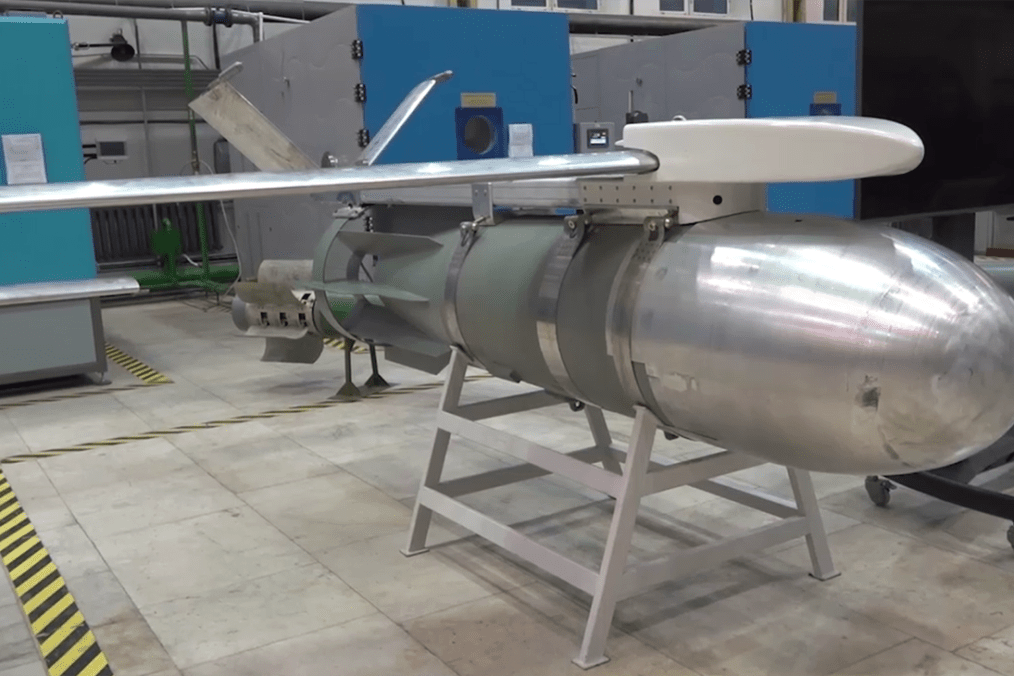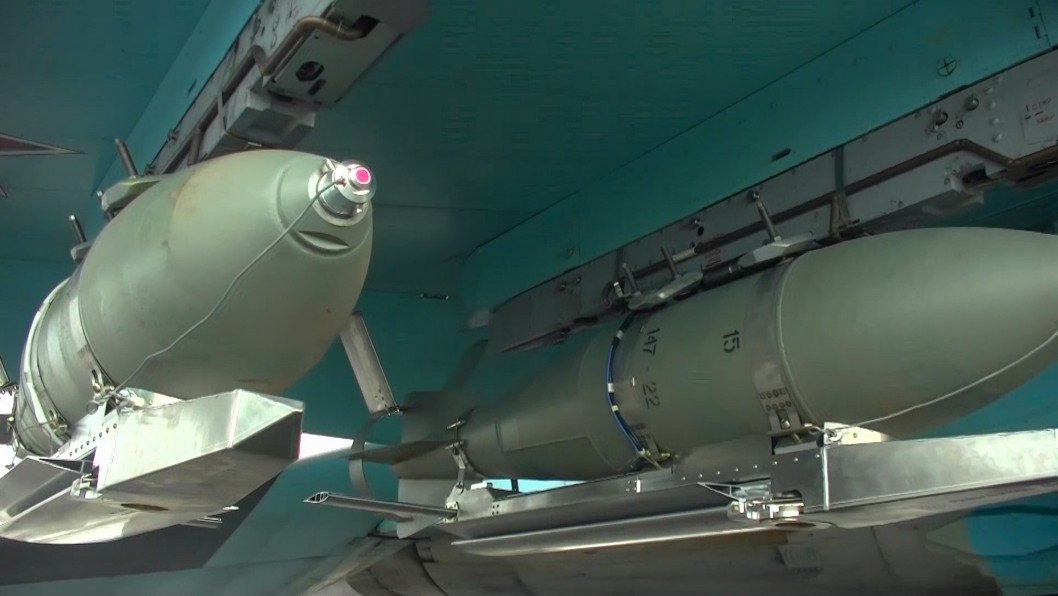- Category
- Latest news
Russia Equips Glide Bombs With 12-Channel “Kometa” Antennas to Counter Ukrainian Jamming

Russia has begun upgrading its glide bomb kits with 12-channel CRPA systems known as “Kometa,” in an apparent effort to increase resistance against Ukrainian electronic warfare.
According to Militarnyi on April 16, the upgraded antennas are now being integrated into Universal Glide and Correction Modules (UMPK), which are used to convert unguided bombs into guided munitions.
The enhanced antennas enable improved satellite navigation by using multiple channels, making it more difficult for electronic warfare systems to jam or spoof the signal. The channel reports that the newly equipped UMPK modules are being installed as of April 2025 and have been marked with new serial numbers indicating a fresh production batch.
Previously, similar 12-element CRPA antennas were observed on Russian Shahed-136 (also known as Geran-2) loitering munitions. A 16-channel Chinese-made CRPA antenna was also discovered on one of these drones in January.

The Kometa module integrates a CRPA antenna designed to detect and reject false signals, ensuring the munition maintains accurate navigation. Multiple design variants of the Kometa system are reportedly in use.
Russia’s UMPK guidance kits use a hybrid system combining inertial navigation and satellite guidance. If satellite connectivity is lost, the munition continues toward its target using inertial data, though this results in reduced accuracy over time and distance.
Earlier, The Economist reported that Ukraine had developed a new electronic warfare system called “Lima,” capable of disrupting the satellite navigation of Russian glide bombs equipped with the UMPK guidance kit.
The system reportedly uses a combination of jamming, spoofing, and cyber interference, significantly reducing the accuracy of these munitions. According to its developers, Lima relies on digital suppression techniques rather than traditional radio jamming, making it more effective.




-72b63a4e0c8c475ad81fe3eed3f63729.jpeg)

-111f0e5095e02c02446ffed57bfb0ab1.jpeg)
